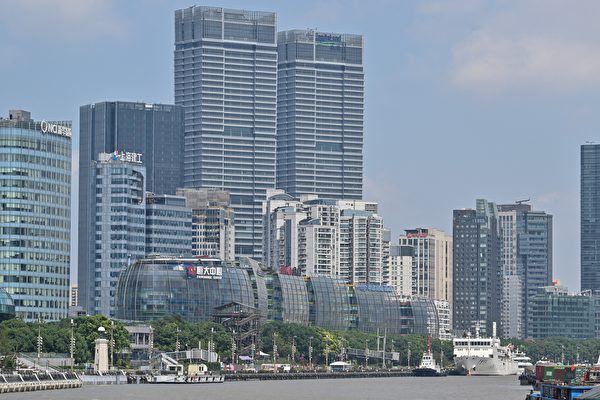The Chinese real estate market continues to slump, prompting the authorities to stimulate consumption by promoting the exchange of old houses for new ones. Currently, more than 30 cities are promoting the “exchange old for new” program for commercial housing. Following Shenzhen’s lead, the first-tier city of Shanghai has also joined the initiative, sparking discussions and debates.
On May 3rd, the Shanghai Real Estate Industry Association and Shanghai Real Estate Brokerage Industry Association jointly initiated the “exchange old for new” activity for commercial housing throughout Shanghai. Over 20 housing companies and nearly 10 real estate brokerage agencies have participated in the program.
Shanghai has become the second first-tier city to implement the “exchange old for new” program following Shenzhen.
According to reports from mainland media, developers participating in the “exchange old for new” program have stated that if old houses are not sold within a certain period, buyers can opt for a “return and refund” policy. This activity is targeted towards residents who intend to sell their second-hand houses and purchase new ones, with properties mainly located in districts such as Jiading, Songjiang, Qingpu, Fengxian, and Lingang.
In response to this initiative, netizens expressed mixed opinions on social media platforms. Some believe it may not be very effective, while others question its practicality and impact on the housing market.
Data monitored by the China Index Research Institute shows that over 30 cities, including Zhengzhou and Shenzhen, have expressed support for the “exchange old for new” program. This involves developers and brokerage agencies prioritizing the sale of old houses, as well as developers or state-owned platforms acquiring old houses and using the sales proceeds to purchase designated new housing projects.
American economist David Huang recently told a reporter from Epoch Times that the purpose of the “exchange old for new” program is due to the current stagnation in the real estate market, which is related to overall consumer spending in areas such as renovation, home appliances, and furniture besides investment. The authorities hope to stimulate the real estate market through this model and trigger a rebound from the bottom.
However, this measure may not fundamentally resolve the issues at hand. Huang pointed out that the real estate market is closely tied to people’s welfare, with insufficient safeguards making consumers wary of spending. Additionally, income decreases, high unemployment rates, declining corporate profits, and sluggish economic activities all contribute to negative impacts.

